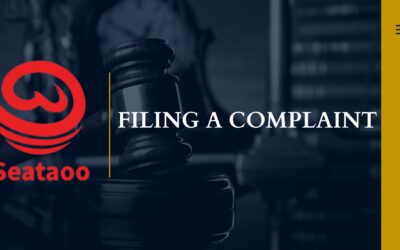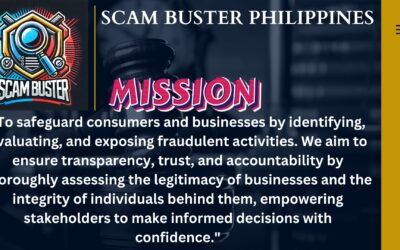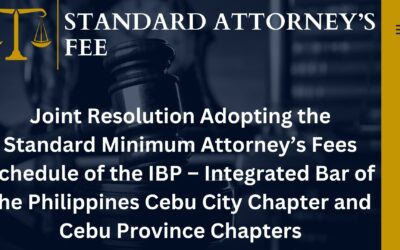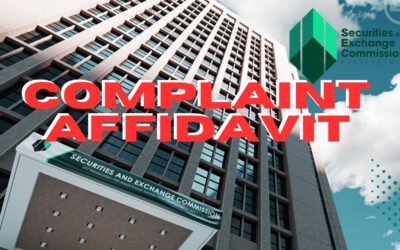Mga Itinagong Maling Activities ng SEATAOO upang Mapaniwala ang mga Tao Mahirap man paniwalaan ngunit narito ang mga ginagawang mali ng SEATAOO na itinago nila upang magmukhang makatotohanan at totoo. Nagpanggap ang NEW SEATAOO CORPORTATION sa likod ng isang...
Why Starting a Food Business in 2024 with Lex Franchising Solutions is the Most Profitable Choice
Why Starting a Food Business in 2024 with Lex Franchising Solutions is the Most Profitable Choice The food business remains one of the most profitable industries to venture into in 2024, especially during the busiest seasons when celebrations and events are at their...
Pagsasampa ng Reklamo: FREE nga Ba o with a FEE?
Paghahanda sa Pagsumite ng Reklamo Kung ikaw ay magpa-file ng reklamo laban sa New Seataoo Corporation, mahalagang maging handa at magdala ng lahat ng kinakailangang dokumento. Ang unang hakbang ay ang pagtitipon ng mga ebidensyang sumusuporta sa iyong reklamo. Kasama...
New Seataoo: Unmasking the Biggest E-Commerce Scam in Philippine History
New Seataoo: Unmasking the Biggest E-Commerce Scam in Philippine History New Seataoo Corporation swiftly rose to prominence as a major player in the e-commerce landscape of the Philippines, presenting itself as a revolutionary platform for entrepreneurs and sellers....
Scam Buster Philippines: Strengthening Business Integrity and Combating Fraud in a Growing Digital Economy
INTRODUCTION Scam Buster Philippines was established in response to the alarming rise of illegal gambling, online scams, unregistered businesses, and the questionable operations of Philippine Offshore Gaming Operators (POGO). The unchecked growth of these activities...
CLASS SUIT Against New Seataoo Corporation Question and Answers
Dear Sellers, Ang class suit ay tinatawag na samahang demanda o sama-samang demanda. Ito ay isang uri ng kaso o demanda kung saan isang pangkat ng mga tao na may parehong reklamo o hinaing ang nagsasampa ng kaso laban sa isang tao o organisasyon. Karaniwang ginagamit...
Standard Minimum Attorney’s Fees Schedule
Standard Minimum Attorney’s Fees Schedule Joint Resolution Adopting the Standard Minimum Attorney’s Fees Schedule of the IBP – Integrated Bar of the Philippines Cebu City Chapter and Cebu Province Chapters. Dear Sellers, Ang ating hakbangin na mag-file ng CLASS...
CLASS SUIT against New Seataoo Corporation: What’s your Decision?
CLASS SUIT Ang class suit ay tinatawag na samahang demanda o sama-samang demanda. Ito ay isang uri ng kaso o demanda kung saan isang pangkat ng mga tao na may parehong reklamo o hinaing ang nagsasampa ng kaso laban sa isang tao o organisasyon. Karaniwang ginagamit ito...
House of Representatives Deliberations and the Budget Scrutiny of Vice President Sara Duterte: Unfolding Developments
House of Representatives Deliberations and the Budget Scrutiny of Vice President Sara Duterte: Unfolding Developments Recent budget deliberations in the House of Representatives have caught national attention, particularly focusing on the Office of the Vice President...
FINAL DECISION: Filing a Formal LAWSUIT with a LAW FIRM
FINAL DECISION: Filing a Formal LAWSUIT with a LAW FIRM Dahil sa naging mabilis ang mga pangyayari at kailangan ng mag-decision upang kahit paano ay may managot sa nangyaring ito sa atin ay napag-pasyahan ng marami na mag-file na ng Class Lawsuit na kung saan tayo ay...
Filing a Class Lawsuit: Benefit and Advantage of Filing a Legal Actions
Filing a Class Lawsuit: Benefit and Advantage of Filing a Legal Actions Filing a class lawsuit offers numerous benefits and advantages, particularly for individuals or groups facing similar legal issues. By consolidating multiple claims into a single legal action,...
The Importance of Filing a Formal Complaint for New Seataoo Claimants: Ensuring Your Rights in the Liquidation Process
The Importance of Filing a Formal Complaint for New Seataoo Claimants: Ensuring Your Rights in the Liquidation Process The rationale for filing a formal complaint is to demonstrate that we have pending withdrawals and are owed money by New Seataoo Corporation. Filing...










